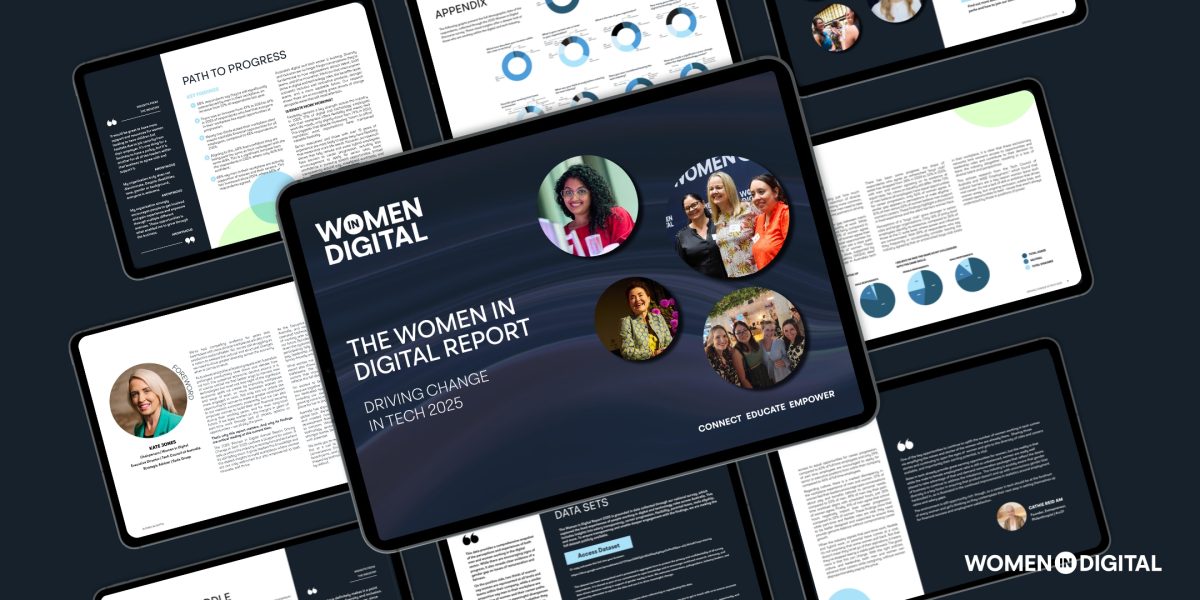The Missing Middle: Career Progression Isn’t Stalling, It’s Being Blocked

The Missing Middle: Career Progression Isn’t Stalling, It’s Being Blocked
The Women in Digital 2025 report spotlights a structural breakdown: mid‑career progress stalls for women, not from a lack of drive, but because systems aren’t aligning with their complex realities, especially around caregiving and flexible work.
The Human Cost: A Narrative from the Middle
While the report doesn’t name individuals, survey responses collectively convey a powerful story. This sentiment captures the lived experience reflected across responses: ambition is intact, support is not. What did one anonymous respondent have to say?
“After returning from maternity leave, I was eager to contribute, only to find part‑time leadership paths didn’t exist. The support evaporated, and despite my efforts, progression felt out of reach.”
Key Barriers, as Revealed in the Report
1. The Caregiving Penalty
Women balancing caregiving, especially for children or school‑age responsibilities, report facing lower visibility and fewer promotion opportunities, highlighting a lingering caregiving penalty even in digitally-forward industries.
2. The Part-Time Penalty
Flexible arrangements are increasingly common. Yet, the report reveals that part‑time work often stalls progression, leaving women locked out of leadership paths when working less than full-time.
3. Embedded Biases in Evaluation
Performance and promotion systems still favour traditional markers of commitment, long hours, physical presence, meaning those working flexibly or managing caregiving duties face hidden bias, even when outcomes are on par.
Parental Leave is Progressing, but is it Enough?
The Women in Digital 2025 report shows a significant rise in employer support: about 68% of organisations in Australia now offer paid parental leave. This expansion is more than policy, it’s a cultural shift.
However, real change hinges on equal uptake across genders. Without balanced participation, women continue to shoulder the brunt of caregiving, reinforcing the “motherhood penalty” that holds back women’s career progression and earnings.
Ensuring men take their parental leave is vital. Doing so helps dismantle stereotypes around caregiving, normalise shared responsibility, and shift expectations at both home and work.
Looking ahead, watch for this shift: as uptake by both parents becomes the norm, parental leave will transform from a benefit into a marker of progressive workplaces. Over the next few years, organisations that support and expect equal leave to be taken by all parents will lead the way in binding equity, retention, and cultural change.
Beyond Policy
- Return‑and‑Rise Programs: Structured re‑entry initiatives, offering reskilling, structured mentorship, and clear advancement pathways, enable women to re-engage after career breaks with confidence and clarity.
- Inclusive Performance Practices: By embedding transparent promotion criteria, flexibility-aware evaluation, and bias mitigation training, organisations can ensure fair assessment—regardless of WFH patterns or caregiving responsibilities.
The Opportunity Ahead
Fixing the Missing Middle isn’t just the right thing to do, it’s smart business:
-
Stronger Leadership Pipelines:
Retaining mid‑career women means nurturing experienced, diverse leaders for the future.
-
Innovation Through Inclusion:
Research underscores that diverse leadership teams drive better decision-making and creativity.
-
Retention & Savings:
Addressing mid‑career exits reduces costly turnover—saving on recruitment and training while keeping institutional knowledge intact.
What next?
The message is clear: mid‑career women aren’t lacking ambition, they’re lacking structural support. Organisations that invest in targeted re‑entry programs and flexible leadership pathways not only retain critical talent but also future‑proof their leadership bench, building stronger, more diverse, and more resilient teams.
The 2025 Women in Digital Report is now available!
The conversation around gender equity in tech has never been more urgent or more important. The 2025 Women in Digital Report “Driving Change in Tech 2025” dives deep into the lived experiences of people in digital and technology roles across Australia, providing a powerful data-driven overview of where we are, and where we need to go.

